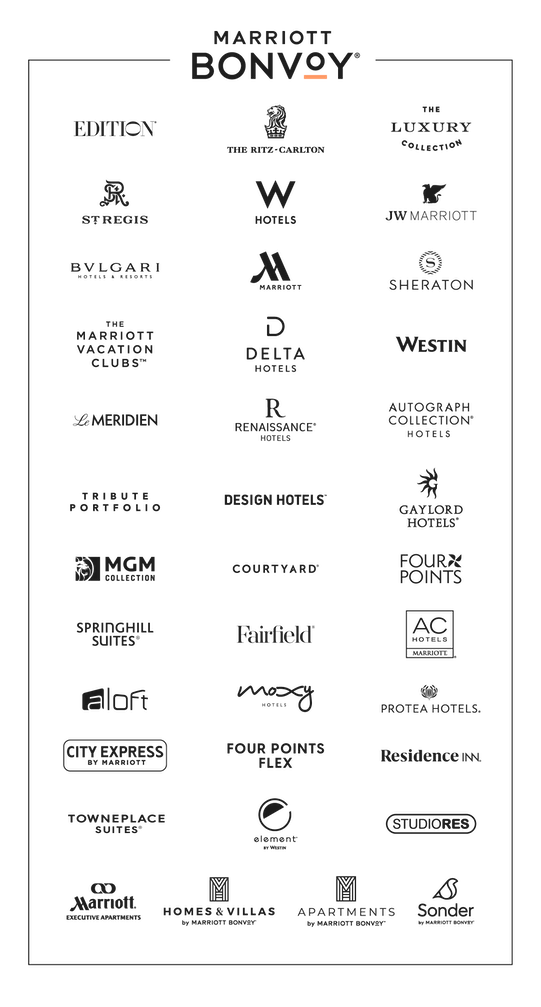When to Consider a Micro Event and How to Make It Happen
Large-scale meetings and conferences are a hallmark of the events industry, but a new format has emerged as a valuable option to planners: micro events.
Nicole Osibodu and Liz Lathan, CMP are big fans of these smaller events. The co-founders of Club Ichi, a membership group for B2B event marketers, often use micro events to connect people within the industry.
“With micro events, you have an opportunity to do things that feel more authentic,” Osibodu says. “You can think through each attendee as individuals. It absolutely creates the impact that a lot of planners are looking to get.”
She and Lathan consider a micro event to be anything under 150 people, although they frequently focus on 30 or fewer.
“The micro event has a very strong place in the portfolio of events right now,” Lathan says. “It’s very bottom-of-the-funnel. It’s very relationship-building.”
When a Micro Event Makes Sense
Micro events make sense “when you have something specific that you need to make happen,” says Osibodu. For example, micro events are ideal when you’re catering to VIP customers and you’re looking to accelerate the long-sales process.
“If they have a dream client that they’re trying to land, then this is the perfect setting to create an event almost around and for one person, one account,” she says. “That’s the fastest and probably the most cost-effective way to land those target accounts.”
Gathering 10 or 15 influential people from one account allows you to “craft something that’s going to be relevant to their values and their culture, but also bring your sales team together with them,” Lathan adds.
Small-scale events can also be a smart marketing tool. Sonali Nair, CEO of the marketing services firm Segment Agency, explains that micro events can be held in multiple locations ahead of a larger annual event to build excitement, or as a series of follow-ups afterward to maintain engagement. “This varied approach can help broaden the reach of your marketing and events strategy and deepen your relationship with attendees through more continuous, focused interactions,” Nair writes in a Forbes blog.
Micro events could also take one of these forms, according to Cvent:
- Skills workshops. In a smaller group, attendees get more personalized attention from instructors while learning something new.
- Product launches. Planners can host multiple smaller meetings for focused customer groups to introduce products and tailor sales pitches.
- Client meetings. Gathering clients who are facing similar challenges, for example, can ensure that everyone is invested in brainstorming solutions.
- Satellite events. In conjunction with a larger meeting, hold several micro events that are easier to travel to and provide relevant content for the smaller groups.
Ideas for Micro Events
When looking for micro event ideas, planners should think outside the playbook. “It’s really easy to be like, oh, we’ll do one of those—meaning they think they have to pick from the menu,” Osibodu says. “If you want to do a micro event, your job is to not order off the menu.”
Club Ichi recently hosted a four-hour micro event for 20 people at Marriott International's research and design lab, Room27. “They came from all over the U.S. to have a facilitated focus group,” Lathan says. “If you have something that is the right message, the right experience, and the right audience, they will fly anywhere for you.”
Lathan describes another micro event in Las Vegas that she orchestrated for planners. “Our entire concept was showing you a Las Vegas that you didn’t know existed,” she says. “We created experiences that we never would have gotten access to if we were a larger group.”
Attendees went to the ARIA Resort & Casino, Autograph Collection uniform control center to see how 9,000 uniforms are cleaned and pressed each day. At Bellagio, a Luxury Collection Resort & Casino, Las Vegas, they toured the fountain pump room and watched an exclusive water show aboard the repair barge. At MGM Grand Hotel & Casino, they visited the prop and decor warehouse and went on a scavenger hunt.
Tips for Micro Events
More than ever, people are weighing the value of attending your event with their time away from work and family. To get people to come to your event—especially a micro one—you need to make it impossible to pass up. Here are a few ways to do that.
Create a personal invitation. “The intimacy of a micro event requires a personal invitation,” Lathan says. “It has to be much more high-touch: someone of importance or of value is sending that invitation. Work with the CEO or the CMO. Who is the right person to make that invite?”
Identify your host for the micro event (hint: not you). “As planners, we’re managing the logistics and maybe the experience. Appoint someone whose job it is to be the host,” Lathan says. “You need that role, especially for micro events, to make people feel like they belong.”
Give meaningful gifts. “It doesn’t need to be expensive. It needs to be thoughtful,” Osibodu says. “Think of something you could order from Etsy—handmade, handwritten.” For a micro event on a chartered yacht, Club Ichi created luggage tags. “It was hand-embroidered for each of the 20 people. This cost us maybe $5,” Lathan explains. “It’s not a huge investment, but it was so personal.”


The following brands do not participate in Marriott Bonvoy™ Events: Design Hotels, Marriott Executive Apartments, Residence Inn, TownePlace Suites, StudioRes, Bulgari Hotels & Resorts, The St. Regis Residence Club, The Phoenician Residences, a Luxury Collection Residence Club, Scottsdale, The Ritz-Carlton Club, The Ritz-Carlton Yacht Collection, and Homes & Villas by Marriott Bonvoy. For a full list of participating and non-participating brands, please click here.